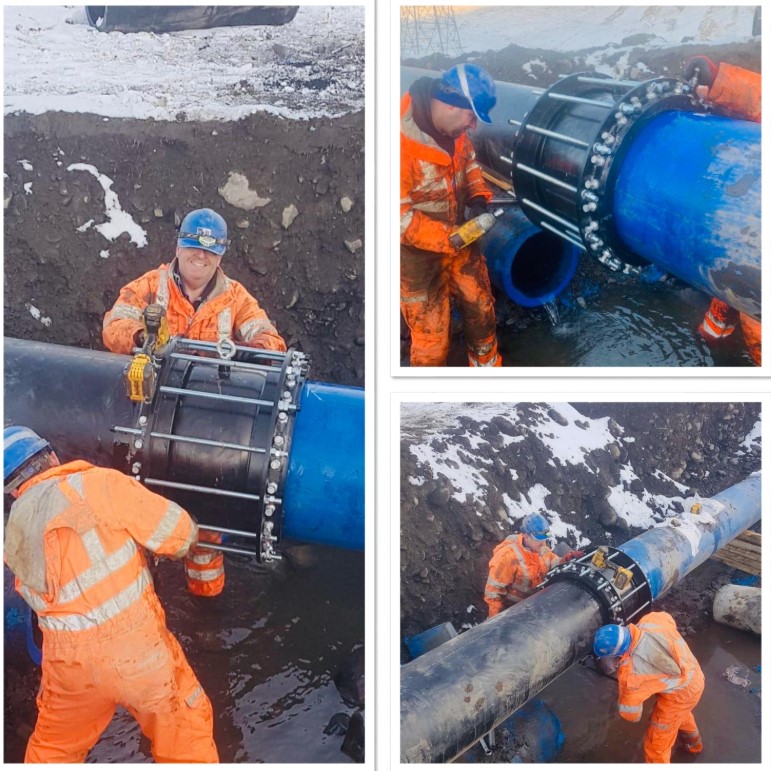News
Storm-Damaged Pipe In Cumbria Repaired
A main pipe near Kendal in Cumbria that was badly damaged by Storm Ciara earlier this month (February) has now been repaired by United Utilities engineers, which will no doubt be welcome news to the thousands and homes across the region that have been left without water supplies for days.
Areas such as Low Braithwaite, Orton, Appleby, Shap, Glenridding and Threlkeld have been affected, with the firm saying that it is now working on slowly putting water back into supply but warning that it would take time to put 90 million litres back into the system as it must be done gradually to prevent the pipe bursting, the BBC reports.
Free bottled water will still be available for all those affected by the incident and the supplier also set up a helpline to assist any farmers in providing water for livestock.
United Utilities’ waste service director Dr Martin Padley said earlier this week: “It is likely to take another three days for water pressure to build again once the repairs are completed. In the meantime we will continue to run the bottled water stations and work with farmers to get them the extra help they need.”
With climate change and ensuing extreme weather events an ever-pressing issue these days, it’s important that businesses prepare properly so they can take immediate and appropriate action in the event of supply disruption.
Recent research from Water Plus shows that there are many smaller companies in the UK that aren’t prepared, however, with just 11 per cent saying they do have plans in place for maintaining operations without water.
It would be wise to carry out a risk assessment so you can see what needs to be done and then start considering how best to go about reducing your reliance on mains water. There are all sorts of alternative water resources you can look to in this regard, such as rainwater harvesting.
This is where you collect and store the rainwater that falls on the roof of your buildings so you can use it instead of mains water, whether that’s for toilet flushing and vehicle washing, or laundry and process water.
Or you could consider using greywater, which is generated through the use of showers, sinks and washing machines so only lightly contaminated.
You can use this for flushing urinals and toilets, and irrigation, which will all help reduce the amount of water taken from fresh sources, as well as reducing the amount of wastewater being diverted to treatment plants.
Another option is making use of harvested stormwater, rain runoff over the ground that can be treated to non-potable levels as long as it hasn’t entered any waterways or gone into the earth. This can then be used for washing applications, irrigation and more, as well as helping to reduce pollutants and the risk of flooding.
